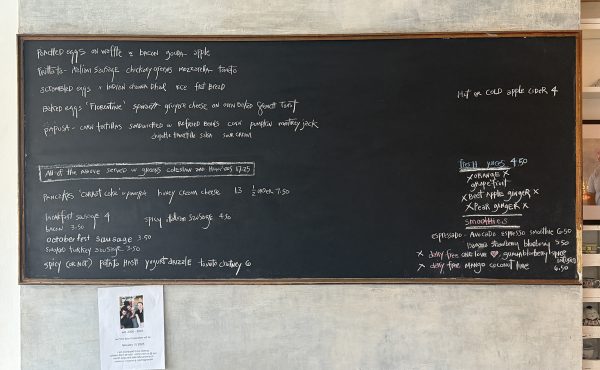The year I started ninth grade, I was both nervous and excited.
Having been the student council president and overall instigator at my junior high, I worried about being demoted on the social hierarchy. Surely, my high school would be filled with way cooler ninth graders, not to mention — seniors who purchased lunches, wore brand name clothing, and even drove cars.
Understanding that my mom would not be able to provide these things, I handmade business cards and babysat all summer long. On the first day of high school I was a bundle of nerves but I had a super outfit and lunch money (not a bagged lunch). However, when I boarded the express bus it struck me – I’d overlooked one thing.
The bus was filled with passengers, including my new classmates, who resided in neighbourhoods where people had cars and two parents. The stop where I boarded immediately signaled that I lived in a low-income community. Although normally confident, I shrank slightly in my seat beneath the gaze of passengers.
In the weeks to come, peers from my community strategized to board and exit the bus from a stop fifteen minutes away from our neighbourhood. Sometimes we did so in rain and snow. The sub-zero climate was nothing compared to the chilly reception we sometimes received boarding the bus from our neighbourhood stop. There were also occasions when kids from my neighbourhood got into altercations with bus drivers because they didn’t have (couldn’t afford) bus fare to get to school, or who chased the bus for blocks because some drivers avoided stopping in certain neighbourhoods.
At the same time, living walking distance from both the bus and subway had benefits. Public transit was a “magical chariot” that transported me to galleries, sleep-over parties, libraries, and flea markets. It was a “great equalizer” in that it facilitated exposure, which enabled me to develop the social networks, sense of place, and cultural capital required to navigate the city — and ultimately my life.
My story is just one among many, underscoring the important role public transportation plays in advancing social equity. In addition to responding to climate change, population health, density, and long-term economic prosperity — access to public transit is a civil liberty.
Over a decade ago, the Berkley Planning Journal published Reconsidering Social Equity in Public Transit, authored by Mark Garrett and Brian Taylor. The pair made a compelling case for integrating a social justice framework into transit planning processes. They highlighted transit disparities related to class, culture, and region. And then located these disparities within a system, which perpetuated inequality, polarity, and uneven urban development.
Where my views depart from those of these two thought leaders is their critique of urban planners and mainstream urban planning. While I agree that formulaic planning processes lack efficacy, I’d complicate this viewpoint by adding a few other important factors.
Professional discipline silos, inflexible funding processes and formulas, regional political arrangements, citizens with variegate levels of social power, and the rate of urban development are key factors, which also pose significant challenges.
The often unspoken but undeniable truth is that decision makers are grappling to find a balance between developing transit solutions that respond to high-needs passengers for whom public transit is not an option but a necessity with the needs of passengers who possess financial resources, political power, and influence. Add to this dilemma, unprecedented demographic shift to cities, increased congestion caused by suburban commuters, and rapid fire transit planning processes.
At the core of every equitable transit planning process, is the management of these variables in order to create an exceptional commuter experience. Given that public transit is one of the largest public services, it is urgently important to gain on-the-ground insights in order to employ high-level changes.
This series seeks to centralize the experiences of individuals for whom public transportation is not simply a preferred option but a social equalizer. In so doing I’m mindful of not perpetuating an already polarized public transit conversation by placing responsibility on a single stakeholder, naming specific transit companies, or presenting problem-ladden narratives without proposed solutions. Instead, it is my intention is to highlight factors and issues, which impact the quality of the daily commuter experience while uncovering transit equity principles for enhancing the system. This is important because transportation isn’t just about moving people around; it’s tethered to ideas of social navigation, connectivity, and possibility.
Image Credit: Visual Artist, Belinda Ageda



